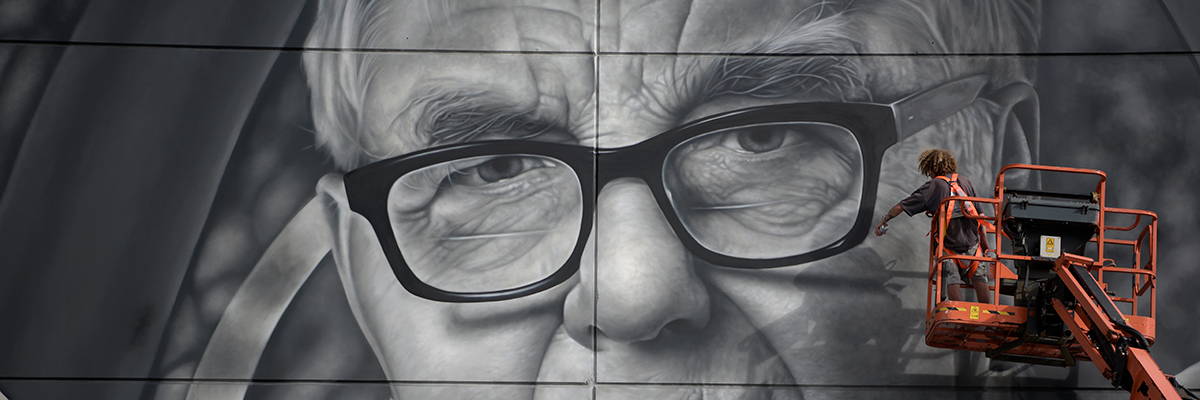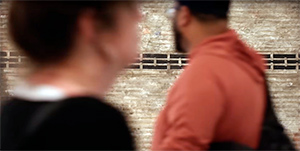In Auckland, New Zealand, a new mural emerges from the city’s urban landscape, capturing one essence of New Zealand’s artistic evolution. “Anima,” a striking creation by Owen Dippie, a prominent New Zealand street artist, is a profound tribute to fellow artist Max Gimblett. Nestled in a rugged part of the city, this mural stands as a confluence of artistic expressions and shared histories, bridging the traditional with the contemporary.
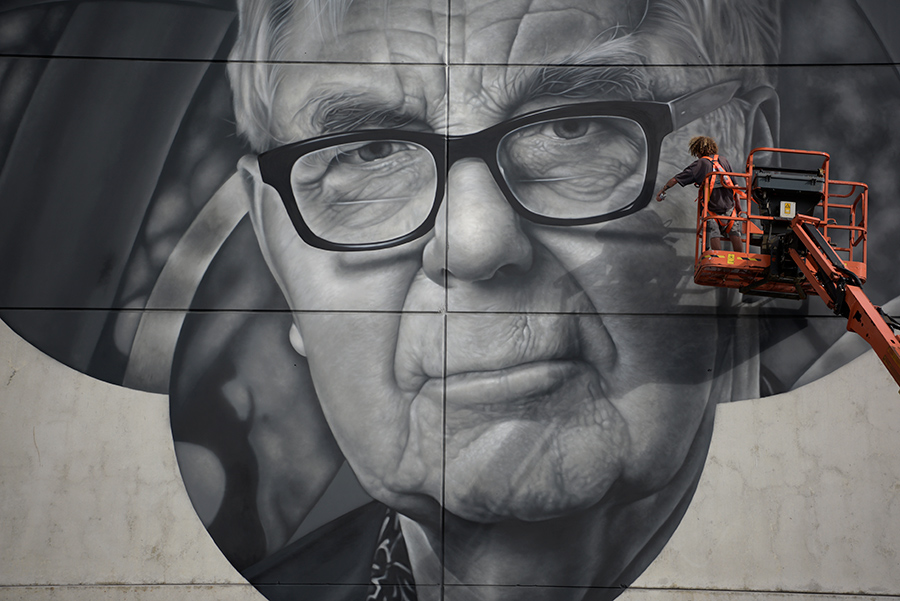
Owen Dippie, acclaimed for his large-scale, photorealistic portraits, has many times showcased his exceptional skill in honoring iconic figures of the art world and community figures who have impacted people’s history. Selecting Max Gimblett as his subject, Dippie acknowledges Gimblett’s notable influence in art and himself. Both artists share a deep connection with New York, a city that has significantly shaped their artistic journeys despite their New Zealand origins.
The mural, a monochromatic portrayal of Gimblett, is encased within the quatrefoil shape, a signature element in Gimblett’s art. This shape, reminiscent of a four-leaf clover, carries deep symbolic meanings across different cultures and religions, from representing the four evangelists in Christianity to embodying symmetry and order in Islamic art.
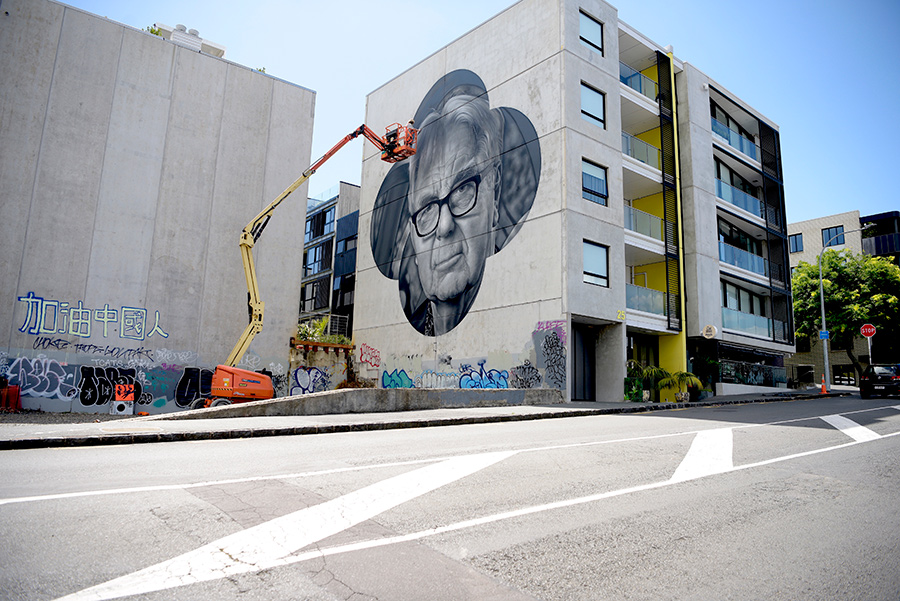
In Gimblett’s artistic universe, probably influenced by his Rinzai Zen monk practices and spiritual quests, the quatrefoil symbolizes the harmonious amalgamation of Eastern and Western art philosophies. His work further accentuates this blend, often marrying Abstract Expressionism and Modernism with Asian calligraphy’s spiritual abstraction. Presented in collaboration with Gow Langsford Gallery, “Anima” can also be seen as a dialogue between Dippie’s and Gimblett’s artistic ideologies, known for challenging conventional art forms and blending tradition with innovation.
Max Gimblett’s journey from Auckland to the global stage is marked by his extensive travels, teaching experiences, and exhibitions worldwide. His artworks, characterized by masterful brushwork, a sophisticated color palette, and glossy surfaces enriched with gilding, reflect a diverse range of influences — from the alchemical mysteries and the Presbyterian Church of Scotland of his upbringing to the aesthetics of Japanese lacquerware and temple art. Gimblett’s unique artistic language is celebrated in significant museum collections globally, including the Guggenheim Museum, the Museum of Modern Art, and the Whitney Museum of American Art.
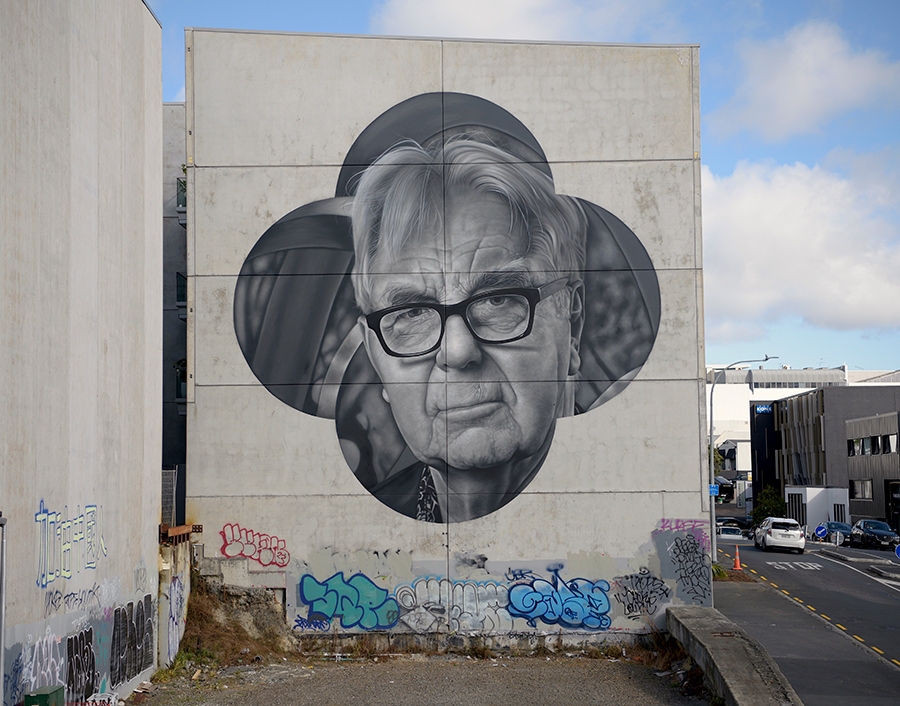
 BROOKLYN STREET ART LOVES YOU MORE EVERY DAY
BROOKLYN STREET ART LOVES YOU MORE EVERY DAY